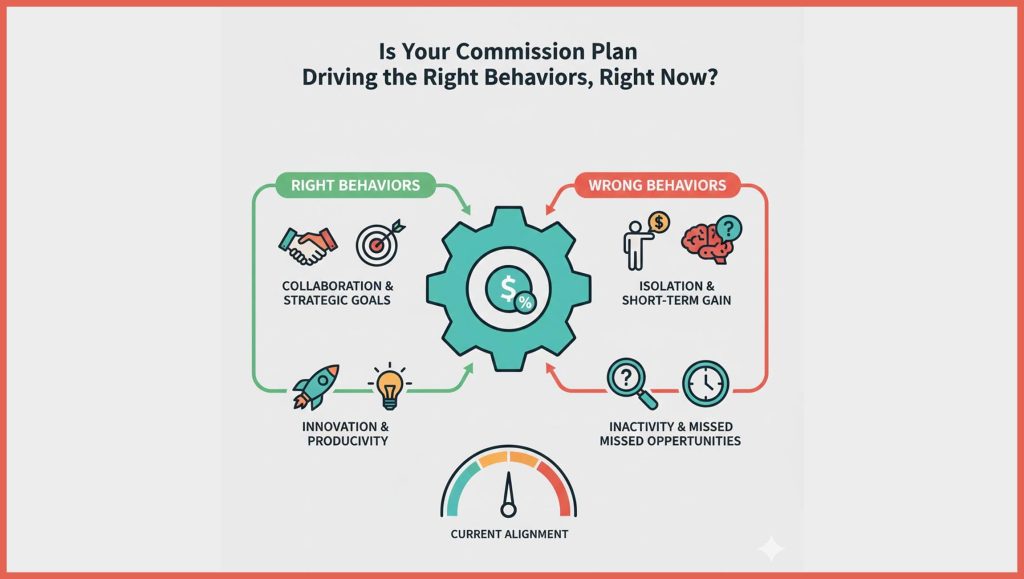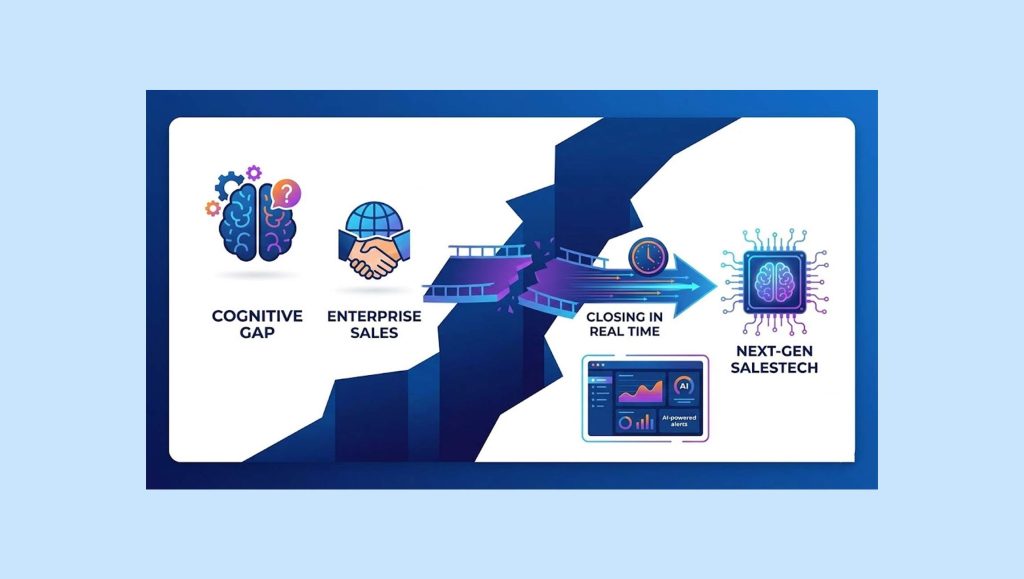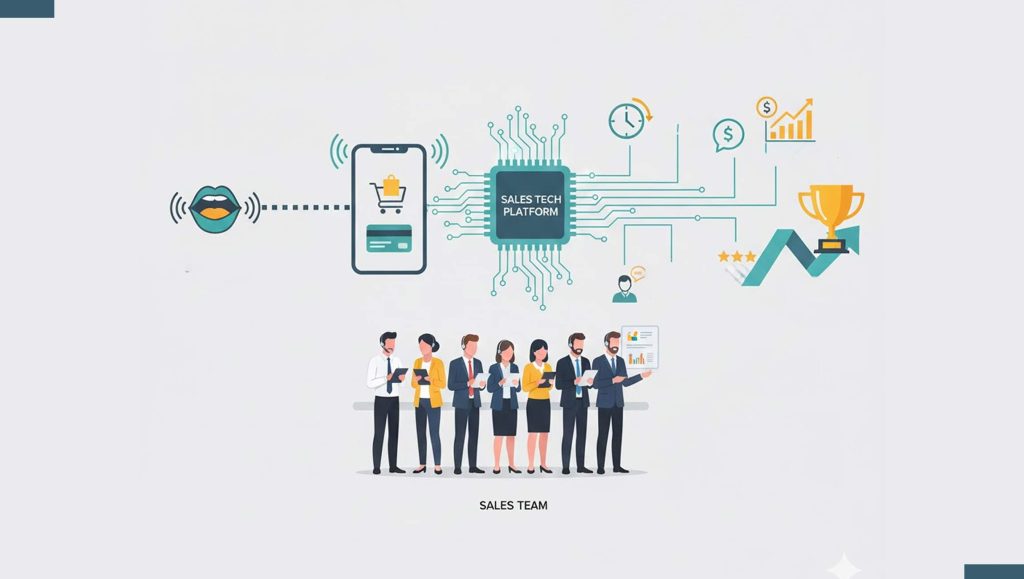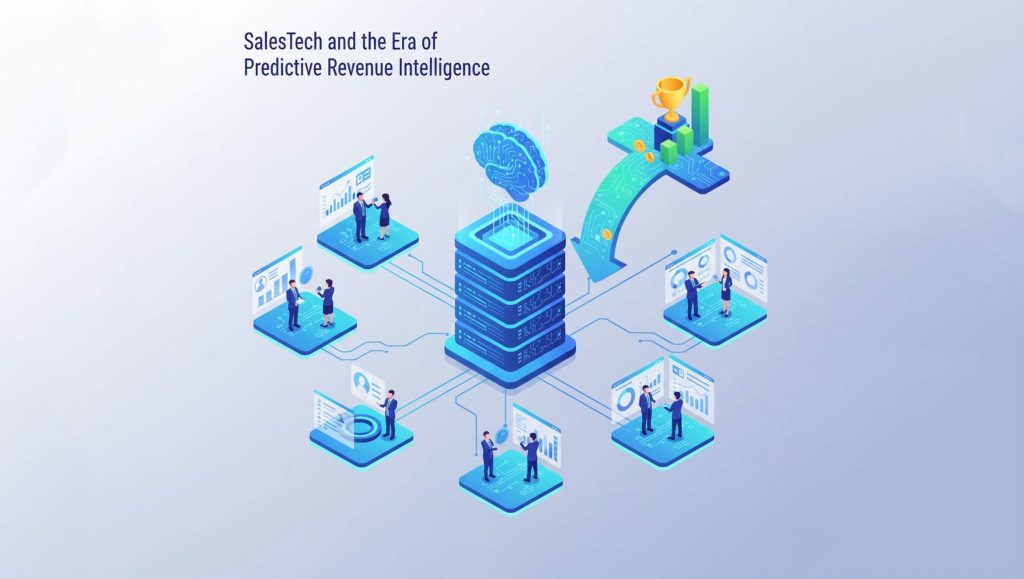Vonage , a global business cloud communications leader, announced that it has extended the availability of its free desktop and mobile video collaboration product, Vonage Video Conferencing (VVC), until the end of the year. VVC, and Vonage’s complete suite of video communication solutions, address the growing need for people to stay connected during the global health crisis.
Read More: ValueLabs Launches Cognitive Ops As A New Service Line
Vonage’s Video API Experiences High Demand as Need for Remote Work, Telehealth and Online Education Grows in Light of Public Health Crisis
Vonage’s video has been a worldwide leader in webRTC video solutions since the webRTC standard was established in 2012. Vonage Video Conferencing is built on Vonage’s Video API, which enables any organization to embed video capabilities into any software or service that needs it.
Vonage’s Video API has experienced significant growth over the last three months, especially in the telehealth, social and education verticals, and has delivered more than 50 billion minutes of video since inception, across a virtually unlimited number of use cases.
Get Medical Advice from Anywhere with Vonage
In addition to powering the free Vonage Video Conferencing solution and Vonage Meetings, Vonage’s Video API powers leading telemedicine companies. With healthcare facilities stretched to capacity, there is a growing need for video solutions to help the healthcare community respond to patients’ needs and deliver the care they deserve – without putting providers and patients at unnecessary risk.
“While video conferencing has been in the headlines of late, the growth in video-based applications is even more important. In particular, video-based applications are powering essential telehealth services during this public health crisis,” said Alan Masarek, Vonage CEO. “With a long history as a leader in video, Vonage powers the solutions of many of the world’s leading telehealth services including Teladoc, Babylon Healthcare, InTouch Health, Sanvello Health, DocPlanner Group, Doctolib and others.”
Read More: Lexmark Launches New Global Partner Program
Use Vonage Video Conferencing From Your Desktop and Mobile Device for Face-to-Face Communication Anywhere
With Vonage Video Conferencing, organisations get high quality, easy-to-use desktop and mobile video connectivity. Vonage Video Conferencing users don’t need to be Vonage customers, sign a contract, see third-party advertising, or even register for the service to leverage its video capabilities.
Unlike other free video services, Vonage Video Conferencing is easy to use and available in seconds with:
● Desktop and Mobile Web Support
● No registration
● No downloads
● No maximum number of meetings
● No meeting time limits
Vonage’s Video API also powers the Company’s existing desktop and mobile video collaboration service, Vonage Meetings, which is built into the Vonage Business Communications unified communications solution. However, for organisations that may not need a complete cloud solution right now, Vonage Video Conferencing is a great alternative to keep people connected during this time of great need.
Vonage Video Conferencing Keeps Families Connected
Recognising that video is critical to keeping people connected with family and friends, the company has made Vonage Video Conferencing available to its 1 million home phone service customers, in addition to the general public. Anyone who wants to use the service can simply open their web browser from a computer or mobile device and go to https://freeconferencing.vonage.com/ to be on a video conference in seconds. A simple how-to guide is also available on the website.
Availability and Security is Critical
During this large scale move to remote work across the globe, service availability, security and privacy remain a top priority. Vonage video incorporates industry best practices in these areas including:
● Software and infrastructure designed with high availability on geo-redundant public cloud technology, with the ability to scale to meet increases in usage and bandwidth demand;
● A microservices architecture with robust monitoring to ensure a real-time view of performance;
● State-of-the-art monitoring tools and technologies, a 24×7 Network Operations Centre, and a global workforce to ensure the availability of 24×7 expert engineers to support customers globally; and
● The same underlying communications APIs that have been leveraged by developers around the world to build HIPAA and GDPR-compliant video solutions.
Read more: How Contract Acceptance Is Evolving with New Customer Experience Expectations






















